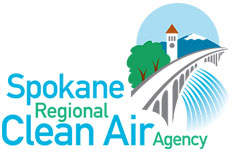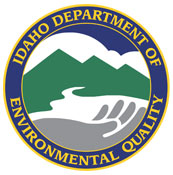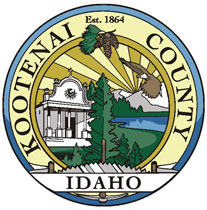Waste » Business » Oil » Oil, Transformer
Manage transformer oil hazardous waste. To learn more about how to manage used oil, consult The Department of Ecology's "Used Oil Facts PDF."
Transformer oils that may contain PCB's must be tested and/or disposed of as hazardous waste.
Background Information:
Enormous amounts of electrical current applied to the primary coil of transformers and induced in the secondary coil generate considerable amounts of heat: enough to turn both coils into useless blobs of molten copper.
To prevent this, the transformer encasement is filled with oil, so that both coils are effectively bathed in it. Oil is basically non-conductive, so it won’t short-circuit the coils, while its very high boiling point allows it to absorb a great deal of heat, thus preventing the copper from melting.
Polychlorinated biphenyls (PCBs) oils were used since they are nonflammable and highly non-conductive. Sadly, they’re also extremely toxic; they’re not biodegradable; and they are absorbed faster than they can be metabolized (or excreted) by animals and humans. Incinerating PCBs generates poisons such as chlorinated dioxins and dibenzofurans, which are even more toxic to humans, animals, and the environment than the PCBs themselves.
PCBs haven’t been specified inside electrical transformers for nearly 40 years. This is good in the long run. But it also means that there is a great deal of legacy equipment that’s nearing end-of-life that will require hazardous waste management, as PCB contamination is particularly onerous, and the regulations surrounding its disposal are commensurately strict.
It’s also worth noting that mineral oil, the most common replacement for PCBs, might be contaminated with PCBs and thus require a more rigorous level of hazardous waste management than is common for less-toxic waste oils.










